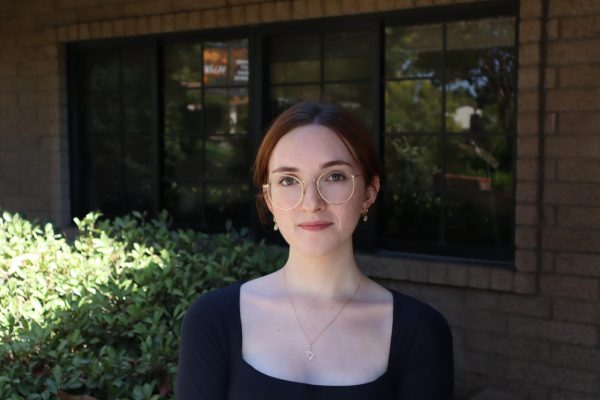Zan. Zendegi. Azadi.
These words, chanted after one another, reverberated through Iran during the 2022-2023 protests. Born from the Kurdish women’s revolution in Rojava, the slogan means “Woman, Life, Freedom,” and affirms that the rights of women are at the center of life and liberty.
In Iran, women face systemic discrimination both legally and socially. The mandatory hijab laws implemented after the 1979 Islamic Revolution affect every aspect of Iranian women’s public life. Compliance with the hijab law is necessary for Iranian women to access employment, education, and healthcare.
On September 16, 2022, 22-year-old Mahsa Amini died in the custody of Iran’s Morality Police after being arrested for wearing her hijab “improperly,” with some hair visible under her headscarf. Iranian officials claimed Mahsa Amini died from a heart attack, but her family insists she was tortured and beaten to death by the police.
“Mahsa Amini was killed for not having her hijab on properly; and this happens a lot,” said Mandana Mojaverian (‘26), a Webb student from Mashhad, Iran. “My aunt was arrested for not having her hijab on right because she was breastfeeding her baby in public, which is absolutely crazy.”
Amini’s death catalyzed nationwide demonstrations against the Islamic Republic’s regime, calling for an end to state violence and oppressive laws against women and broader issues of freedom and rights.
The sweeping protests that spread through Iran in response to the death of Mahsa Amini were met with a brutal government crackdown, with a significant number of arrests and, disturbingly, deaths as a result.
However, the victims of authoritarian regimes like the Islamic Republic of Iran are not limited to the nation; they pose a significant threat to global peace. Russia, China, and Iran — the modern antagonists in the assault on global order — are united in the effort to destabilize democracies, including the United States and its democratic allies.
“There’s no coherence in terms of ideological connections between those three countries at all,” said Dr. Shervin Malekzadeh, a Visiting Scholar and Research Affiliate in Middle Eastern and Islamic Studies at Colgate University. “They’re all benefiting from that relationship, and some more than others.”
The foreign policy goal of the new bloc of autocratic regimes is to build a new global order where major powers have control over less powerful neighbors. These countries may not agree on what world order should ultimately look like, but they oppose the order posed by democracies.
Iran holds a very different perspective on the global order compared to China and Russia; yet it unites with them in challenging the current framework. Dedicated to promoting Shiism worldwide, Iran aims to provide Shia Muslims with the necessary ideological, military, and economic tools to fight “imperialist” states.
In striking contrast to Russia, Iran’s efforts at shattering the global framework are characterized by their subtlety, primarily through backing Shia groups that seek to destabilize the Middle East.
The Red Sea crisis
In 2021, the container ship Ever Given ran aground and blocked the Suez Canal, causing a multi-day collapse of global freight transport. The blockage of the fastest and most direct maritime trade link between Asia and Europe cost global trade $400 million per hour. Egypt currently loses the same amount per month in trade facilitation fees due to the Red Sea crisis.
For over five months, Yemen’s Houthi, a Shia militia group, has seized civilian-operated cargo ships near the Yemeni coast of the Red Sea, causing the world’s largest shipping firms and oil companies to pause shipments through the Suez Canal. The repercussions of Houthi attacks are not limited to Egypt alone, either; they have disrupted shipping routes and oil supplies on a global scale, impacting international trade and energy prices across the world.
The attacks proved the importance of Middle Eastern stability to global affairs: the Red Sea has emerged as the jugular of global trade, and the Houthi have firmly secured it in their chokehold. Yet the Houthi is merely a puppet manipulated by a far larger force: Ali Khamenei, the supreme leader of Iran.
Yemen’s Houthis Threaten the Global Economy
The Red Sea is indispensable — it acts as a central artery for global trade, bridging Asia and Europe through Egypt’s Suez Canal. According to Maersk’s Global Head of Business Resilience Consulting Zera Zheng, the Red Sea crisis led to an immediate reduction in market capacity and a spike in shipping costs, crippling global trade networks and economic stability.
Houthi rebels justify their attacks as revenge against Israel for its military campaign in Gaza, choosing to target any Israeli-linked shipping. However, many of the vessels which have been attacked have no apparent connection with Israel.
The Houthi movement is an armed political and religious group which seized Yemen’s capital Sanaa in 2014 and has control over most of Yemen since. In response to the Houthi takeover of Sanaa, Saudi Arabia led a coalition of Arab states in a military intervention to restore the internationally recognized government of Yemen to power, marking the beginning of an open and protracted conflict that has since devastated Yemen.
However, the rise of the Houthis appeared to be beneficial for the Islamic Republic of Iran as it became an instrument to exert indirect pressure against Saudi Arabia, an American ally and Iran’s rival for dominance in the Middle East. At a time of intense Iranian-Saudi power competition, Iran increased its aid to the Houthis, which bolstered the group’s influence in Yemen.
Following the escalation of the Yemeni civil war, both Saudi Arabia and the United States have accused Iran of smuggling weapons to the Houthis — including drones, cruise and ballistic missiles — in violation of a UN arms embargo on Iran. This embargo, imposed by the United Nations Security Council in 2006, restricted Iran’s purchase and sale of conventional weapons as a part of broader efforts to curb the nation’s nuclear program.
Beyond delivering small arms, Iran allegedly provided the Houthis with various types of advanced weapons. In many cases, Iran employs complex smuggling networks to provide high-tech weapon parts that the Houthis then combine with other locally acquired or produced ones.
While Iran claims that its support for the Houthis is purely political, reports by UN experts have consistently shown that its backing extends to technological and weaponry assistance.
Hamas’ war against Israel
In addition to its support for the Houthis, the Islamic Republic of Iran is also a key patron of the Palestinian militant group Hamas, which governs more than two million Palestinians in the Gaza Strip.
On October 7th, 2023, Hamas launched a surprise attack on Israel, killing more than about 1,200 Israeli civilians, escalating the Israeli-Palestinian conflict. Israel has declared war on the group in response to the attack, aiming to wipe Hamas out entirely: the current Gaza death toll now surpasses 30,000.
Previously, the death tolls reported by Gaza authorities in past conflicts matched closely with UN and IDF estimates. However, the scale of the ongoing war has altered data collection methods — now, a significant number of death reports come from the Gaza Health Ministry’s “reliable media sources” rather than official hospital records. With that, the number of casualties in Gaza has been a subject of heated debate since the beginning of the Israel-Hamas war.
Iran’s support for Hamas gradually increased due to their common ideological stance against Israel, which Iran views as a major threat to its security and stability. Following the 1979 Islamic Revolution, Iran adopted a staunchly anti-Israel and anti-Western stance.
The revolution, led by Ayatollah Khomeini, replaced the pro-Western monarchy with an Islamic Republic that viewed Israel as a “Little Satan,” closely allied with the “Great Satan” (the United States). This stance was rooted in Middle Eastern resistance to Western influence and its ideological opposition to Zionism.
While U.S. and Israel officials confirmed that they have no evidence that Iran directly coordinated the October 7th attack, it trained, armed and funded the group: according to the 2020 report from the U.S. State Department, Iran provides approximately $100 million every year to militant organizations in Palestine, including Hamas.
Hezbollah: the long arm of Iran in Lebanon
Hamas has historically maintained more autonomy from Tehran compared to other Iranian-backed groups such as the Hezbollah based in Lebanon. Designated by the U.S. Department of State as a foreign terrorist organization, Hezbollah has been involved in several terrorist attacks against the United States, such as the suicide truck bombings of the U.S. Embassy in Beirut in April 1983, the U.S. Marine barracks in Beirut in October 1983, and the U.S. Embassy annex in Beirut in September 1984. Additionally, other involvement includes the 1992 attack on the Israeli Embassy and 1994 bombing of a Jewish community center in Buenos Aires, as well as the bombing of the Khobar Towers in Saudi Arabia in 1996.
Since October 8th, a day after Hamas’s massacre in southern Israel, Hezbollah’s forces have launched near-daily attacks on Israeli communities and military positions along the Israel-Lebanon border. Hezbollah has stated that its attacks are in solidarity with Hamas.
Hezbollah, which means “Party of God” in Arabic, is a Shia Islamist movement founded during the Lebanese Civil War primarily in response to the Israeli invasion of Lebanon. However, Hezbollah’s primary loyalty is not to Lebanon, but to Iran: Hezbollah pledged allegiance to Iran’s supreme leader and aims to create an Iran-inspired Islamist regime in Lebanon. From Iran’s perspective, Hezbollah was intended to lead the fight against Israel while also promoting the ideas of the Iranian revolution in Lebanon.
Iran’s export of the Islamic Revolution
The 1979 Iranian Revolution, also known as the Islamic Revolution, led to the overthrow of the Pahlavi dynasty under Shah Mohammad Reza Pahlavi. Following the revolution, Iran established an Islamic republic under Shia cleric Ayatollah Ruhollah Khomeini.
The revolution was the culmination of widespread dissatisfaction with the Shah’s regime, which was seen as oppressive, corrupt, and overly Westernized by many Iranians. Economic disparities, political repression, and rapid modernization efforts fueled public discontent, particularly among clerics, students, and workers.
While under the rule of the Shah, Iran sought to anchor itself to the West, particularly the United States. The Shah maintained close ties with the United States and Israel. In 1957, the United States entered a civil nuclear cooperation agreement with Iran, supplying the country with technology and resources that laid the groundwork for its controversial U.S.-backed nuclear program. During the term of President John F. Kennedy, who was more skeptical of Shah’s rule than its predecessors, the Shah aimed to regain the U.S. president’s trust by drawing itself closer to Israel, a close ally of the United States.
In the late 1970s, Iran also demonstrated its intention to become more integrated with the global economy by obtaining an associate status with the European Economic Community, the precursor to today’s European Union.
“Iran was, we can say, occupied by the British for many years: you had this English presence in the form of Christianity,” said Dr. Helga Zambrano, Honors Stories of Middle Eastern Conflict teacher. “You had British American cultural influences in the education system, the religious system, and the governing system.”
However, Iranians resented the pro-Western stance of the Shah, which was an issue since the very beginning of his reign. The core of their anti-American sentiment lay in the significant intervention of the United States in Iran’s internal politics.
In 1953, before the rule of Shah, the CIA overthrew Iran’s democratically elected prime minister, Mohammad Mossadegh, who was a popular figure in Iran. In addition to introducing a range of social and economic policies, Mossadegh moved to nationalize Iran’s oil industry, which Britain had long controlled through the Anglo-Iranian Oil Co.
The loss of Iranian oil, given Britain’s dependence on Middle Eastern oil, compelled Britain to appeal to the United States for help. As a result, the United States initiated the 1953 Iranian coup d’état and centralized power under Mohammad Reza Pahlavi, the Shah of Iran.
“The relationship between the US and Iran during [the rule of the Shah] was healthy, is the best way to describe it,” said Ken Rosenfeld, Foundations of Civilization teacher. “I wouldn’t say that they were perfect allies, but it certainly was mutually beneficial between the two.”
The foreign interference has sparked anti-American sentiment in Iran, leading to decades of resentment toward the U.S.-supported Shah.
“The U.S. was helping the Shah stay in power hoping that the Shah would help prioritize Western interests and be kind to the West,” said Dr. Wendy Maxon, Foundations of Civilization teacher. “[The U.S.] was not happy with somebody coming into power who was against the West, its economic control, and Western economic exploitation of the country.”
The revolution moved Iran toward the promotion of Islamic values, marking the end of Iran’s close ties to Israel and the United States and swiftly transforming them into bitter enemies. Finally, the seizure of the U.S. Embassy by militarized Iranian college students in Tehran on November 4th, 1979, communicated a powerful statement to the West.
“Although the Shah tried to do a lot of things that the West liked, like modernization and democratization initiatives, his continued buddying up to the West was starting to antagonize a lot of people,” Dr. Maxon said. “As the decades go on, lots of other countries are getting their independence at the time, they are writing their own rules, and they are not subject to what the West wants.”
Iran’s advocacy for spreading the Islamic revolution across Ummah, the global Muslim community, and among ‘the world’s oppressed’ signaled its broad ambitions. One of the basic slogans of the Islamic Revolution was quickly transformed into a constitutional as a pledge to “export the revolution.”
The Islamic Revolution merged Muslim traditionalism with leftist ideas; appealing to the oppressed worldwide and exporting the revolution clearly migrated to Iranian Islamists from the communists. Meanwhile, Khomeini’s depiction of the United States as the “Great Satan” translated anti-capitalist sentiment into religious language.
“The fundamentalists — who were not Christian and not interested in continuing to indoctrinate themselves in a western notion of identity — were seeking to create their own sovereign state,” Dr. Zambrano said. “This is where religion and politics gets very dicey, because you have the belief that [the Islamic Revolution] is their mission from Allah and yet, at the same time, we have this message of completely overthrowing the government so that they can [come into] power.”
In its early years, the Islamic Republic dispatched emissaries to Muslim countries around the world, aiming to ignite a global revolution. This policy led to the emergence of the first pro-Iranian cells in many states of the Middle East and beyond.
However, the devastating eight-year war with Iraq followed by the period of reconstruction almost entirely diminished the romanticism of ‘exporting the ideas of the Islamic Revolution,’ and this term nearly vanished from the political lexicon of serious Iranian politicians. Then, Iran redirected its efforts from the peaceful spread of revolutionary ideas towards strengthening its position in the Middle East and in the fight against its two main adversaries: the U.S. and Israel.
“The people in 1979 really didn’t know what they were doing,” Mandana said. “They thought the Shah was the puppet of the U.S. and they thought, ‘we’re going to overthrow him and we’re going to come back with Islam,’ but it ended up just ruining future generations.”
Iran’s proxy forces: “the enemy of my enemy is my friend”
Tehran quickly acknowledged its significant disadvantage against its adversaries in military-technical capability and economic strength. Unable to match Israel and the U.S. in the number and quality of aircraft, tanks, and missiles, Iran chose to overcome this disadvantage in the confrontation through the use of proxy forces.
For example, Iran has developed ballistic missiles that can reach Israeli territory, though these are unlikely to penetrate the Israeli “Iron Dome” missile defense system. However, Iran-supported forces like Hamas in Palestine and Hezbollah in Lebanon are positioned near Israel’s borders and can launch significant attacks on its territory with their missiles and drones.
Additionally, while Iran cannot directly attack American soil, its allies are within striking distance of U.S. bases in Syria and Iraq, posing threats and potential strikes.
Finally, Iran’s viable alternative to striking Israel or U.S. bases is targeting Saudi Arabia, which it views as an agent of U.S. interests. This rationale has led Iran to support the Houthis in Yemen, who have been fighting a Saudi-led coalition since the mid-2010s.
Therefore, Iran’s ties with groups like the Houthis, Hamas, and Hezbollah are part of a long-standing strategy to counter threats and weaken adversaries by supporting allied militias throughout the region.
Iran’s support of proxy forces enables it to challenge its adversaries while increasing the threat of further disruptions in the face of an attack. These proxies, through varying in their level of control by Iran, collectively form the “Axis of Resistance,” which is dedicated to resisting Western — especially U.S. and Israel — influence and intervention in the Middle East.
The “Axis of Resistance” transcends religious or ideological lines; for example, while Yemen and Iran are both Shia, the Houthis belong to a different branch known as Zaydism. Meanwhile, Hamas represents Sunni Muslims, historic rivals to Shia Muslims within Islam.
These groups unify through the principle of “the enemy of my enemy is my friend,” which leads to alliances based on mutual interests rather than shared beliefs: Iran and groups such as Hamas and Islamic Jihad are united against Israel in Palestine, while Iran and the Houthis oppose Saudi Arabian interests from Yemen. Additionally, all these groups view the United States as a long-term adversary, seeking to eliminate its influence from the Middle East.
“Iran implements these groups because they serve a defensive purpose for Iran,” Dr. Malekzadeh said. “This is why Iran cannot be attacked without great cost by the Americans.”
By relying on shared interests among Middle Eastern countries, the Iranian government aims to create a dynamic in which these states cannot conduct hostile policy against Iran. Thus, Iran provides extensive support to forces that are actively engaged in countering Israel and Saudi Arabia.
Iran’s tough political tango
In addition to using proxy forces, Iran has also directly attacked targets in three countries: Syria, Iraq, and Pakistan, all of which have previously shown some degree of friendliness toward Iran. However, the direct demonstration of Iranian power is not intended to intimidate those in allied countries, but to warn Israel, the U.S., and other potential threats that Iran will not hesitate to strike back in response to any aggression.
“It doesn’t matter to us,” said Mohammad Reza Ashtiani, Iranian Defense Minister, to the reporters on the sidelines of a cabinet meeting on January 17th. “Wherever they want to threaten the Islamic Republic of Iran, we will react, and this reaction will definitely be proportionate, tough, and decisive.”
Nevertheless, even with the escalation of the Israeli–Palestinian conflict Tehran still avoids putting its own forces into direct contact with Israel, opting to support its proxies against Western interests in Iraq, Syria, Lebanon, and the Red Sea’s shipping routes to avoid triggering a broader conflict.
While Iranian leaders benefit from causing disruption in the Middle East, engaging in full-scale war does not align with the interests of Iran’s weakening supreme leader, Ali Khamenei, whose power is already shaken by protests against his rule in dozens of cities across the country. For Khamenei, maintaining the stability of his regime is his top priority.
Woman, Life, Freedom
The 2022-2023 Mahsa Amini protests have become a symbol of the profound political crisis in Iran. The protests with the slogan “Woman, Life, Freedom” rapidly spread from Amini’s hometown of Saqqez to major cities across and outside Iran, marking one of the most significant challenges to Iran’s clerical leadership since the 1979 Islamic Revolution. Participants in the protests included a wide cross-section of Iranian society, who took to the streets to voice their demands for change, dignity, and an end to systemic oppression.
The Iranian government’s response to the protests was a violent crackdown, involving the use of tear gas, live ammunition, beatings, and arrests to disperse protesters. The security forces’ actions led to the deaths of nearly 500 people and the arrests of an estimated 14,000 people, a testament to the regime’s forceful control.
Therefore, we must draw a distinction between the Iranian government and the Iranian people, particularly considering the recent wave of protests that swept through over a hundred cities across Iran.
“There’s a very famous expression in Persian which means ‘fire beneath the ash,’ and, for at least 15-20 years, this idea of fire beneath the ash has really been a significant one,” Dr. Malekzadeh said. “It remains so now too — it doesn’t take much to produce widespread protests.”
The government of Iran, characterized by its highly oppressive regime, has long imposed strict controls on the rights and freedoms of its citizens, employing severe measures to suppress dissent and maintain power.
“It hurts to see the people of my home country being hurt by a regime that should have never taken over,” Mandana said.
Freedom House, a non-profit organization that produces reports on issues related to democracy, rated Iran with a global freedom score of 12 out of 100, thereby classifying it as “Not Free.”
Yet, the Iranian people have demonstrated remarkable courage in their fight against systemic oppression and gender discrimination.
“There is a widespread feeling of malaise, of anticipation of change [in Iran],” Dr. Malekzadeh said.
Their relentless pursuit of dignity, human rights, and freedoms, often in the face of brutal crackdowns, illustrates the yearning for change in Iranian society.
“I think there is around 20% [of Iranians] in agreement with Khamenei and 80% against him.” Mandana said. “But there’s also that fear of being killed and your family being spied on.”
This distinction between the Iranian government and the Iranian people is fundamental in analyzing the Iranian government’s behavior towards both its population and foreign nations.
Democracy versus autocracy
In the past decade, the U.S. has shifted toward nationalism and protectionism in its foreign and domestic policies, relying on the strategy of containment in its relations with Iran. This strategy did not prove to be effective; following the withdrawal of the U.S. from the Joint Comprehensive Plan of Action (JCPOA), also known as the Iran Nuclear Deal, Iran has continued enriching uranium far beyond the needs for commercial nuclear use.
Meanwhile, Iran, with growing confidence in its international behavior, also increased its willingness to use military force against its neighbors to further destabilize the region.
The United States’ weakened position on the world stage and failure to act assertively against Khamenei’s regime has given a sense of impunity to the Islamic Republic, leading to its boldness in actions both internationally and within its borders. As a result, Iran has become the greatest threat to the region’s stability, peace, and human rights.
“The U.S. needs to return to a policy of engagement [with Iran] as much as it can,” Dr. Malekzadeh said. “Ultimately, that’s the best way forward for reducing Iran’s behavior in the region.”
Iran also poses a major threat to global order in its alliance with Russia, a large proponent of military aggression in today’s world. The alliance offers not only diplomatic backing but also economic benefits to Iran as it exports a large number of ballistic missiles to Russia, helping Putin prolong the devastating Russo-Ukrainian war.
Therefore, without a shift in its policy toward Iran, the United States will see the Islamic Republic’s impact on worldwide stability continue to grow.
The United States and Iran exist on opposite ends of the global battle between democracy and autocracy. It is in the strategic interest of the United States to support the Iranian people in the “Woman, Life, Freedom” movement, the world’s most consequential mass democratic movement.
The U.S. should refrain from direct intervention and instead prioritize giving visibility to anti-regime Iranians — particularly women’s rights activists and exiled oppositionists — empowering them to lead the democratization of Iran. The United States should provide dissidents with far-reaching platforms to speak and organize international conferences to discuss the protests and potential solutions, thereby raising awareness among a global audience.
“The United States’ support for Iran can only go so far, because at some point it becomes foreign influence and foreign control of domestic politics — and that’s a taboo,” Dr. Malekzadeh said. “I think the people on that side of the protest just want the U.S. to help in ways that it can, mostly by bearing witness and by maintaining sanctions; though there’s some difference of opinion on [sanctions] as well within the opposition in Iran.”
Implementing this policy will demand long-term dedication and a reshaping of traditional approaches to regime change. However, the potential victory of the movement over Khamenei’s oppressive regime would be a major triumph for democracy, human rights, and global stability. Iranians, like many other nations under authoritative oppression, have the potential for a brighter future, but this goal cannot be realized without global support.


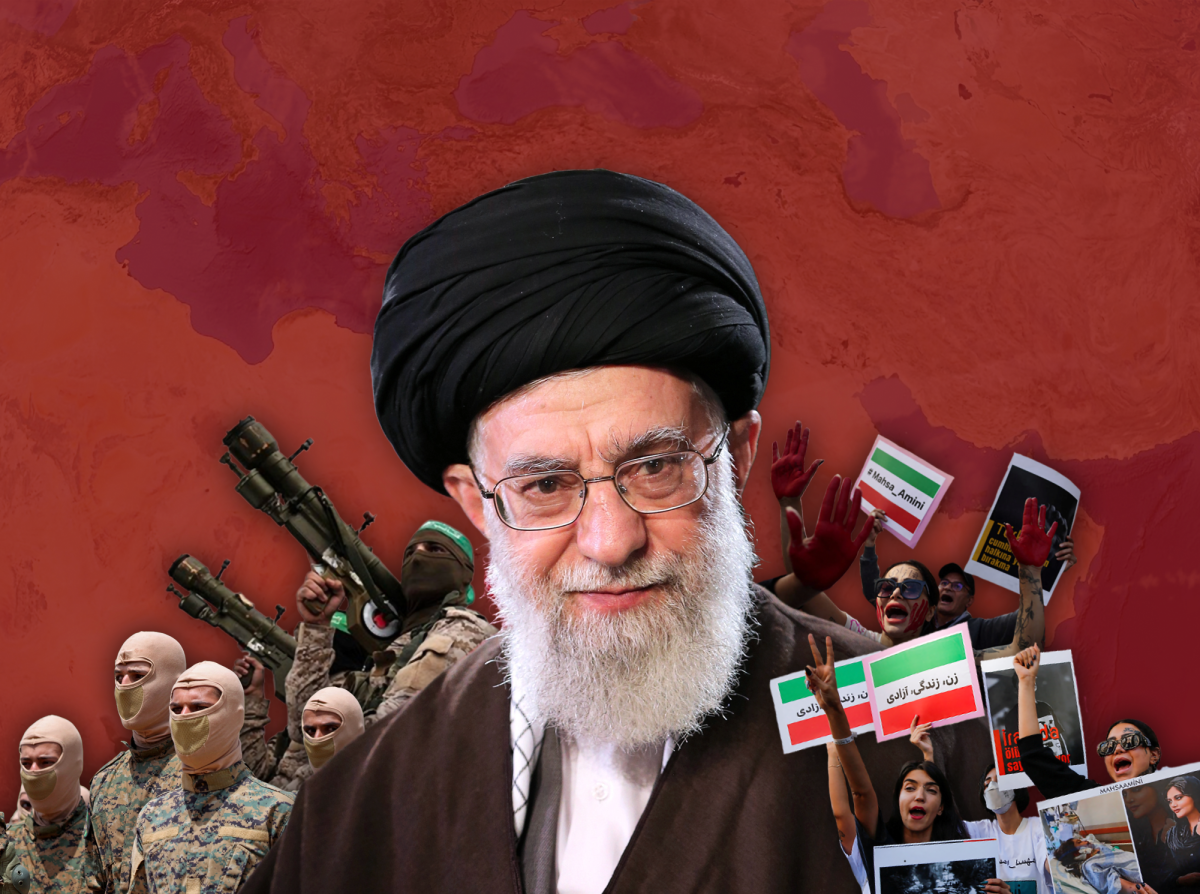

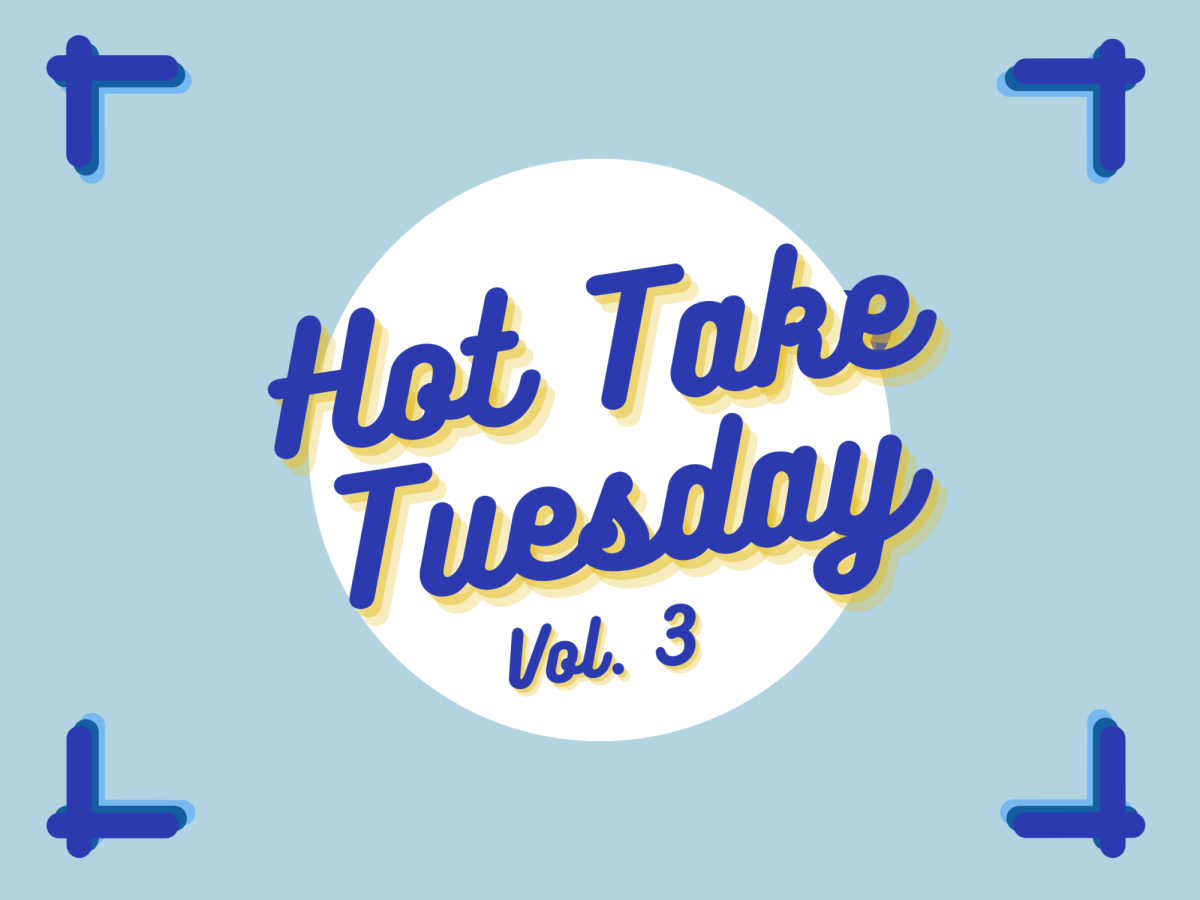
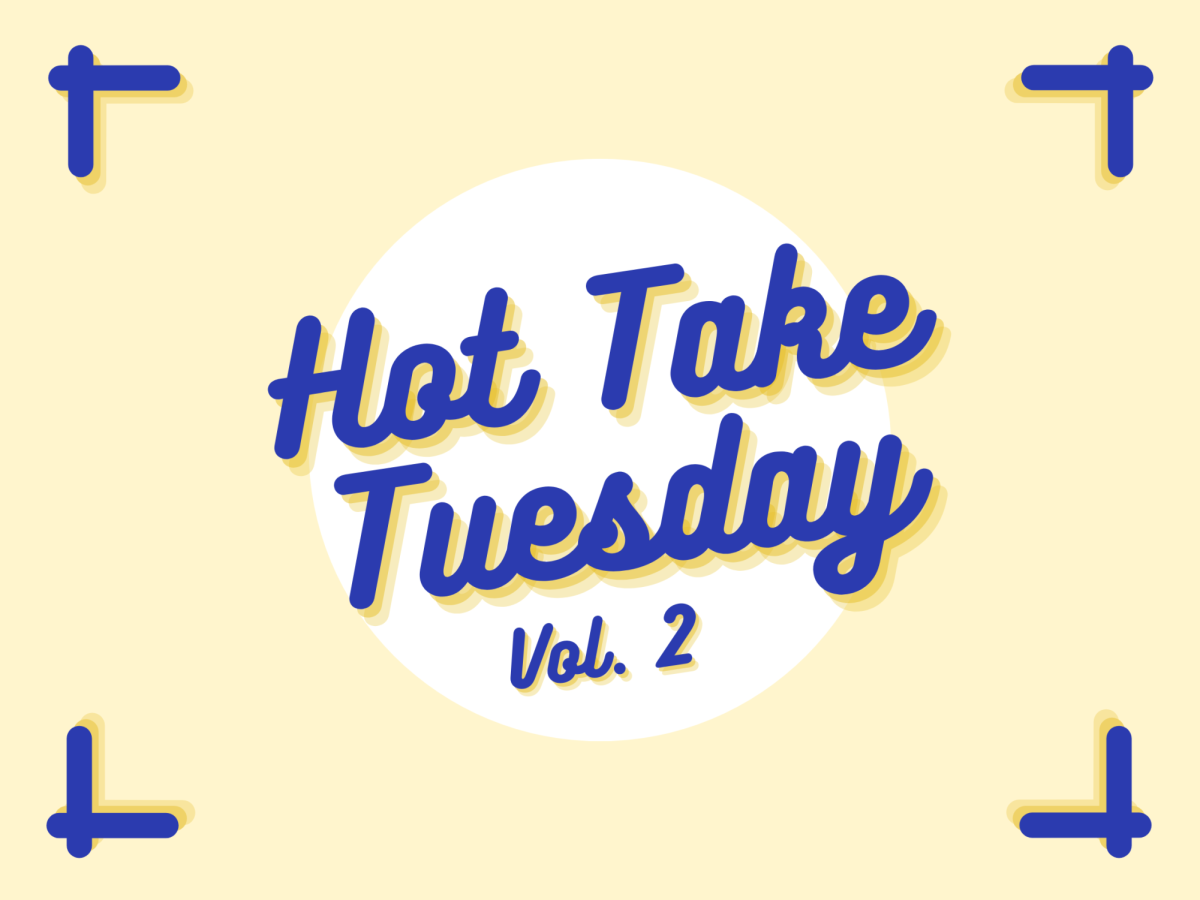

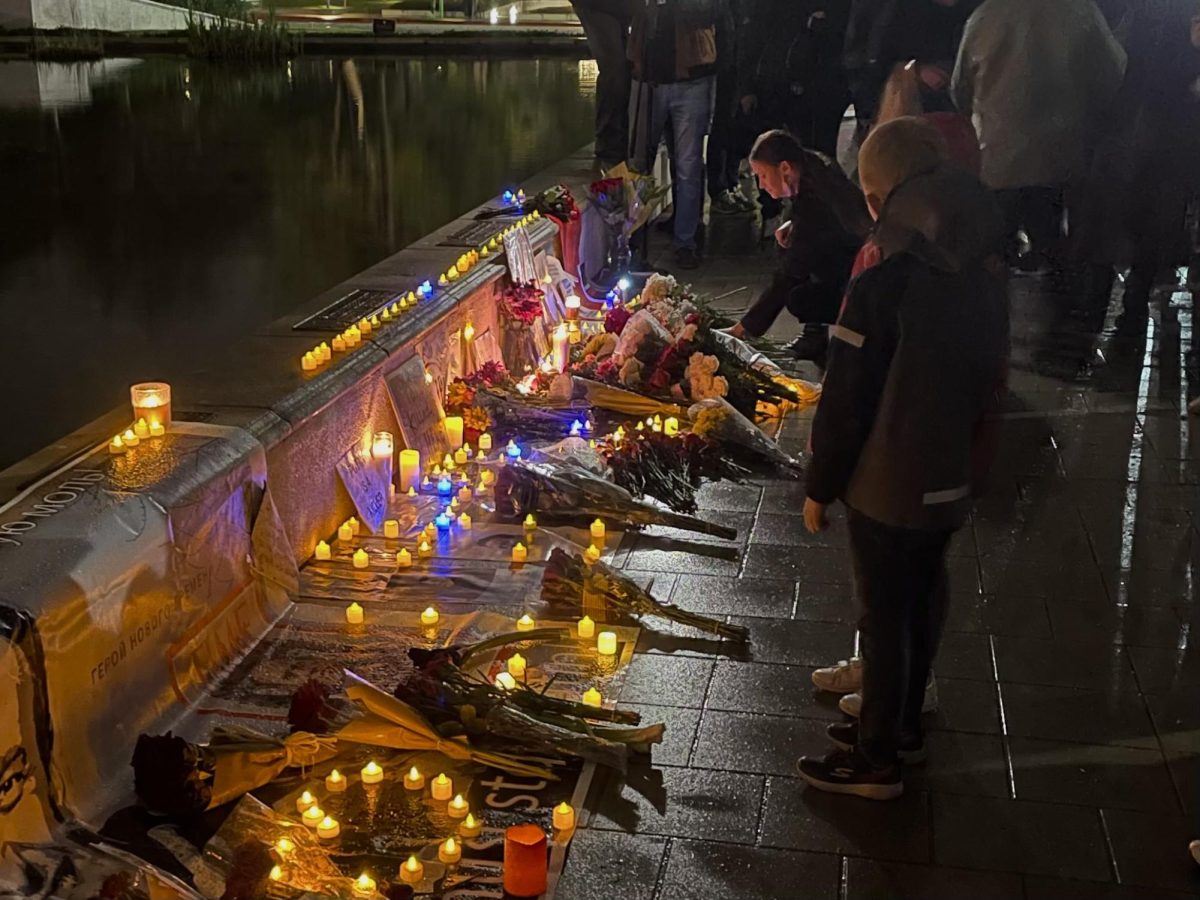
![Student loan borrowers rally near the White House for Joe Biden to cancel all student loans. Biden, pictured left, is troubled with diminishing popularity with youth as he fails to forgive all students loans as he had promised. “[Biden] kind of fumbled things even though he tried with student loan forgiveness,” said Cory Warren, humanities department faculty. “That was [the] number one campaign promise to get the youth vote.” Whether it is student loans, age, or foreign policy, what, ultimately, drives away the youth vote for Biden?](https://webbcanyonchronicle.com/wp-content/uploads/2024/03/Duan-biden-popularity-1200x675.jpeg)
